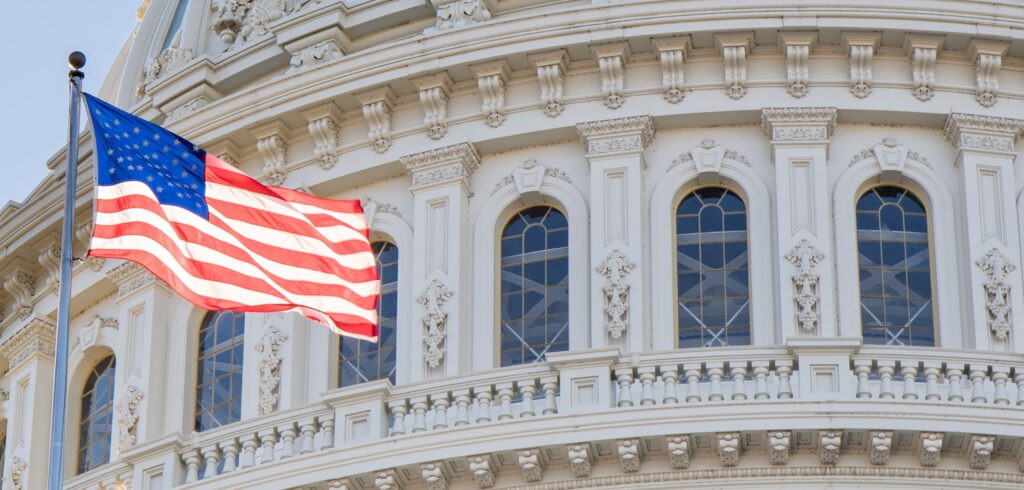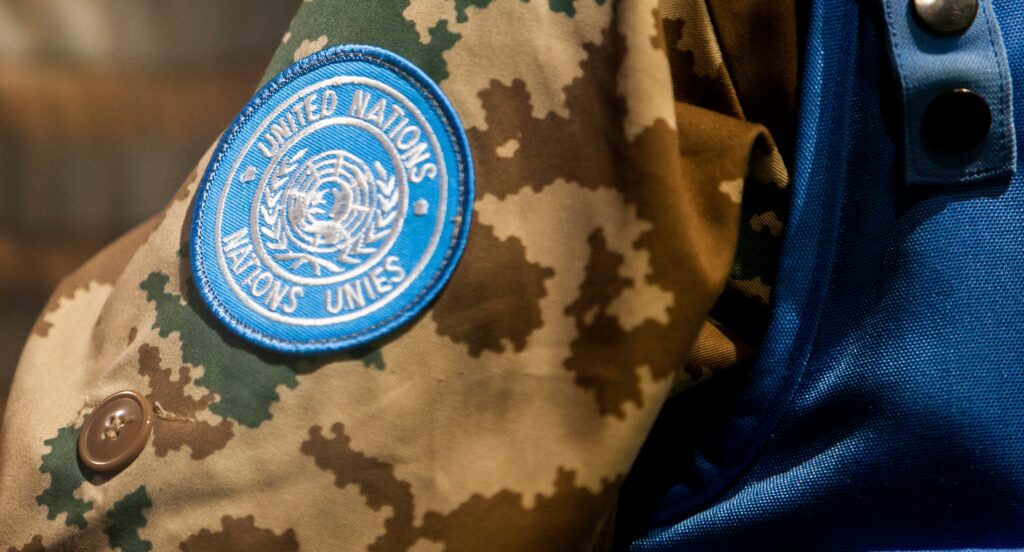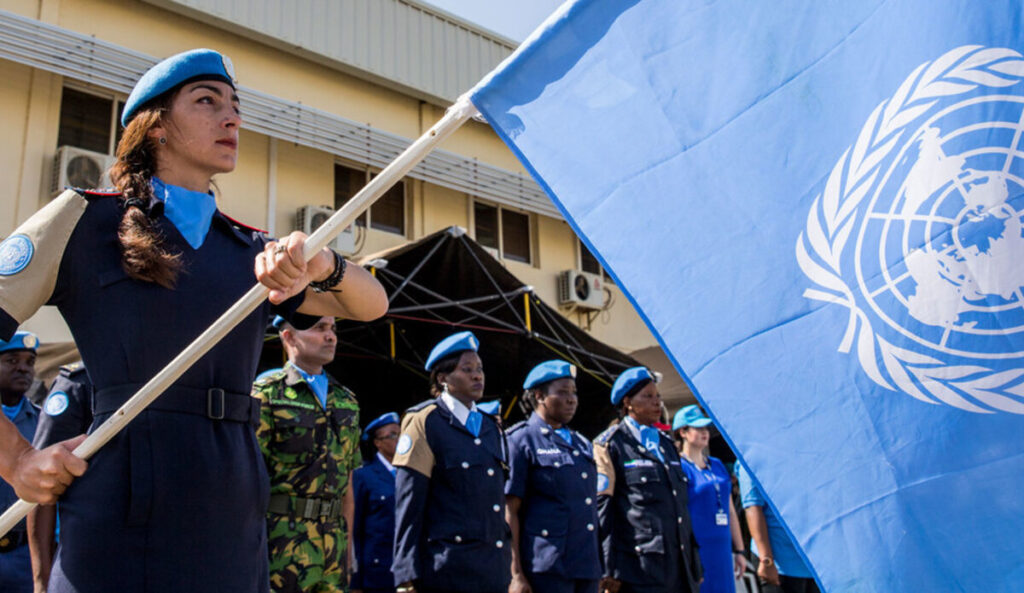For 75 years, UN Peacekeeping has been one of the most important tools for mitigating conflict and promoting peace and security around the globe.
Helping countries navigate the difficult path from conflict to peace, peacekeeping has unique strengths, including legitimacy, burden sharing, and an ability to deploy and sustain troops and police from around the globe, integrating them with civilian peacekeepers to advance multidimensional mandates.
Today’s peacekeepers are called upon not only to maintain peace and security, but also to facilitate the political process, protect civilians, assist in the disarmament, demobilization and reintegration of former combatants. They also play a key role in supporting democratic efforts such as organizing elections, protecting and promoting human rights, and assisting in the creation and restoration of rule of law.
In addition to peacekeeping operations, the UN operates special political missions (SPMs) engaged in conflict prevention, mediation, and post-conflict peacebuilding around the world. Authorized by the Security Council, SPMs are tasked with an array of responsibilities, including supporting political dialogue and reconciliation processes, facilitating free and fair elections, monitoring human rights violations, coordinating international development and humanitarian assistance, and encouraging the development of effective rule of law institutions. Funded by Member State dues, SPMs account for nearly one-quarter of the UN regular budget. The work of several SPMs currently in the field is highlighted below.



